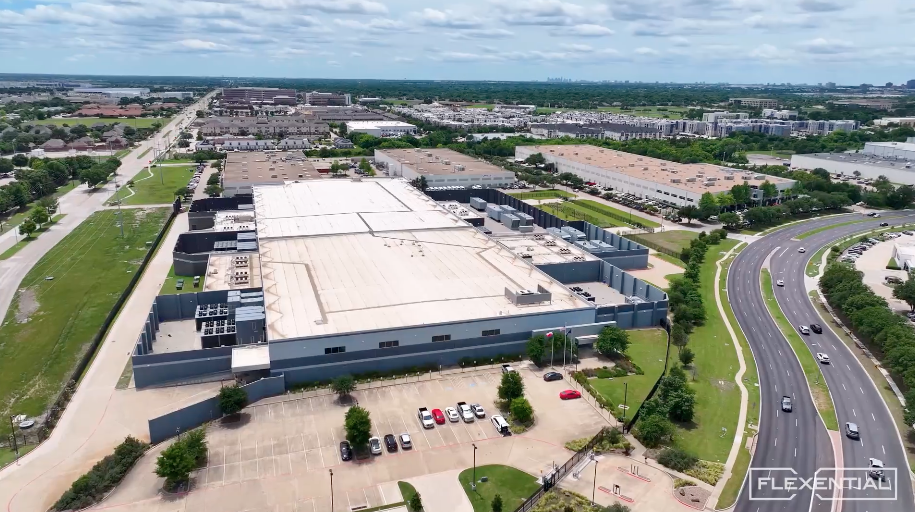Flexential executives share their top predictions for 2023
The past year continued to challenge businesses and IT providers alike. The ability to rapidly adapt to shifting business landscapes and priorities remained critical to success and survivability.

The lingering effects of the pandemic, namely a hybrid workforce, supply chain disruptions, and rising power costs, continued to impact IT strategies. As we look ahead to a new year, Flexential leadership is assessing the challenges, accomplishments, and strategic pivots of 2022 to better understand and prepare for the opportunities and potential risks that lie ahead in 2023.
Committing to ESG
Chris Downie, Chief Executive Officer
Over the last several years, ESG has become an increasingly hot topic—and for good reason. Not only can an ESG program reduce operating costs, but it can also improve customer and employee loyalty, as more than 75% of individuals prefer to buy from or work for a company with ESG commitments. In 2023, ESG will become more scrutinized, graduating from a promise of action to an expectation of action. Organizations will no longer be able to purchase their way to sustainability to appease or attract customers and stakeholders. Instead, proven and sustained action will be required. As such, we'll see the development of new dedicated roles within organizations to drive these efforts, especially as they are increasingly important to C-level initiatives and the office of the CEO.
Investing in regional markets
Ryan Mallory, Chief Operating Officer
Unrelenting supply chain constraints coupled with unexpected power challenges made 2022 a turbulent year for many technology providers and customers. These disruptions cost global organizations an average of $182 million. While no one was immune to these issues, data center providers leaned on their buying power and strategic supply chain relationships to ease the strain and avoid delays. As we move into the new year, many leaders will look to diversify their data center footprint into new, regional markets, aiming to further circumvent supply chain roadblocks and bypass the higher operational costs in Tier 1 cities amid the looming recession.
Enterprise hybrid IT (cloud, hybrid cloud and multicloud strategies)
Patrick Doherty, Chief Revenue Officer
During the COVID-fueled chaos of 2020, 61% of businesses hastily migrated their workloads to the cloud to support a remote work environment. Since then, this number has grown significantly, with 94% of organizations overspending on public cloud. The non-strategic rush to the cloud has left organizations facing a myriad of cloud management challenges. Even years after the onset of the pandemic, applications are still very siloed across cloud environments. Leaders will work to change that in 2023 as they refine their multicloud approaches with a keen focus on controlling ongoing costs, optimizing workload placements, and ensuring cloud strategies are both time-efficient and investment efficient to strengthen the bottom line.
Continued demand at the edge; edge deployments of hyperscalers
Jason Carolan, Chief Innovation Officer
The modern workplace has morphed into a digital-driven environment. From Silicon Valley to rural Ohio, enterprises are enabling their employees with more hybrid work models. However, with flexible work comes a spur of applications and bandwidth needs, increasing edge demands across Tier 2 and Tier 3 markets. In 2023, enterprises will continue to leverage these regional facilities to meet the latency demands of their workloads. The coming year will also witness a shift in the dynamic between colocation and hyperscalers as hyperscalers who previously prioritized Tier 1 markets will rely heavily on colocation partners with existing presences in regional markets to bring the edge closer to customers.
Talent retention and attrition
Veena Bricker, Chief People Officer
Today’s labor shortage and skills gap challenges will continue into 2023. With 91% of employers reportedly struggling to find qualified candidates and a nearly 50% labor shortage, HR teams will have their work cut out for them. To reach and retain talent across all levels of the organization, HR teams will bolster their recruitment and retention efforts, exploring more diverse avenues, job boards, and organizations and dipping into all major and secondary markets to find the shared skills needed to support the business. We'll also see attrition measurement practices increase as organizations are held accountable for their diversity spectrum—something proven invaluable to existing and prospective talent.
Hybrid work
Veena Bricker, Chief People Officer
The hybrid workforce will continue to thrive in 2023 and for many years to come, as 83% of employees prefer this more flexible option. HR teams must dedicate time and effort to sustaining this model by striving to improve the overall employee experience, whether virtual or in-person and create more visceral connections with employees so they can develop both professionally and personally. Employees will increasingly look for organizations to align with their personal values, and we'll see this reflected in organizations and brands taking a more vocal stand on issues that matter to their employee base and the world around them.
Sustainable financing and market uncertainties
Garth Williams, Chief Financial Officer
In 2022, the data center market saw increased funding and financing, including some of the largest instances within the industry to date. However, it also saw skepticism around the industry’s value, as many anticipated CSPs would outpace data centers. Despite this view, 2023 will be the year of data center investments as investors will continue to place resources behind the data center market, recognizing that CSPs need third-party data centers to power their growth. Sustainable financing will also play a critical role in where investors chose to place their funds.






